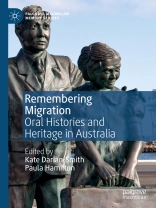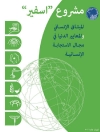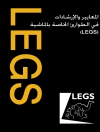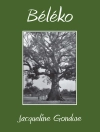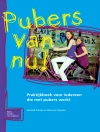This book provides the first comprehensive study of diverse migrant memories and what they mean for Australia in the twenty-first century. Drawing on rich case studies, it captures the changing political and cultural dimensions of migration memories as they are negotiated and commemorated by individuals, communities and the nation.
Remembering Migration is divided into two sections, the first on oral histories and the second examining the complexity of migrant heritage, and the sources and genres of memory writing. The focused and thematic analysis in the book explores how these histories are re-remembered in private and public spaces, including museum exhibitions, heritage sites and the media. Written by leading and emerging scholars, the collected essays explore how memories of global migration across generations contribute to the ever-changing social and cultural fabric of Australia and its place in the world.
Table des matières
Chapter 1 Remembering Migration.-Chapter 2 “I Am No Longer the same Person”: Intimate History and the Gendered Experience of Migration.-Chapter 3 Oral Histories of Displaced Persons: “What For? The Story like Mine’s Plenty Now”.-Chapter 4 Shifting Countries, Shifting Identities? Oral History and Lesbian and Gay Migration to Australia.-Chapter 5 “To Be Who I Was, Really, Was to be Different”: Memories of Youth Migration to Post-war Australia.-Chapter 6 Memory, Migration and Television: National Stories of the Small Screen.-Chapter 7 A Shared Social Identity: Oral Histories of an Urban Community of Italian Market Gardeners in Adelaide 1920s–1970s.-Chapter 8 Forgotten Women: Remembering “Unsupported” Migrant Mothers in Post-World War II Australia.-Chapter 9 Years of Separation: Vietnamese Refugees and the Experience of Forced Migration after 1975.-Chapter 10 The Pear Tree: Family Narratives of Post-War Greek Macedonian Migration.-Chapter 11 Negotiating Trauma and Cultural Dislocation through Memory: South Sudanese in Western Sydney.-Chapter 12 “I Leave Everything”: Encountering Grief with an Hazara Refugee.-Chapter 13 The Voices of Diversity in Multicultural Societies: Using Multimedia to Communicate Authenticity and Insight.-Chapter 14 Oral History and First-Person Narratives in Migration Exhibitions: Tracking Relations Between “Us” and “Them”.-Chapter 15 Personal, Public Pasts: Negotiating Migrant Heritage.-Chapter 16 Hard Landings: Memory, Place and Migration.-Chapter 17 Purposeful Memory-Making: Personal Narratives of Migration at Melbourne’s Immigration Museum.-Chapter 18 Settled and Unsettled: The Spirit of Enterprise Project as (Post)Settler-Colonial Memory Activism.-Chapter 19 In Search of “Australia and the Australian People”: The National Library of Australia and the Representation of Cultural and Linguistic Diversity.-Chapter 20 Remembering the Child Migrant on Screen.-Chapter 21 Politicizing the Past: Memory in Australian Refugee Documentaries.-Chapter 22 Memory and Meaning in the Search for Chinese Australian Families.
A propos de l’auteur
Kate Darian-Smith is Executive Dean of the College of Arts, Law and Education at the University of Tasmania, Australia. She has researched and published widely on Australian cultural history; memory studies and oral history; histories of war, media and migration; and heritage.
Paula Hamilton is Visiting Professor of History at the Australian Centre for Public History, University of Technology Sydney, Australia. She researches and publishes on oral history and memory studies, and also works as a public historian.
